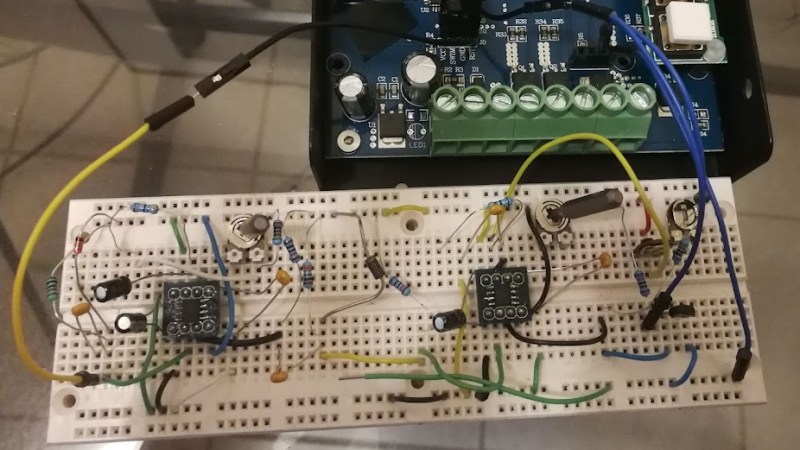Doing The Right Thing The Wrong Way: Dumping STM8 Firmware With 555 Timers

When [Jarrett] decided to enter the 555 Contest that’s just wrapped up, he leaned up on an idea that’s been rattling around in his noggin for a few years: Using …read more Continue reading Doing The Right Thing The Wrong Way: Dumping STM8 Firmware With 555 Timers

